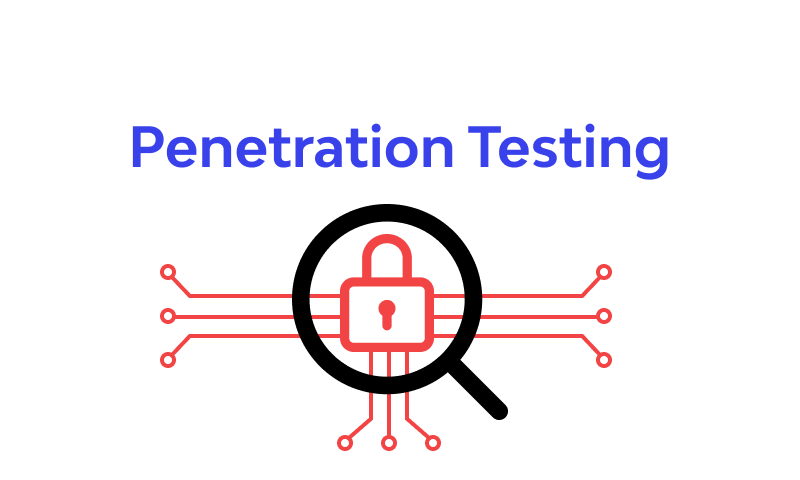Kudos! You recently finished a penetration test suggested by your DFARS consultant.
Now, what is the next step? You shouldn’t consider a pen test to be the culmination of your security efforts. Instead, the test identifies developments and confirms what your company is doing well.
You haven’t “failed” even though the test indicated getting administrator access and moving about your network as soon as possible. Instead, a pen test aims to identify weaknesses, so your company can address them before they are attacked and improve network security.
Follow these four steps to make pen testing as successful as possible:
The post-pen test retrospective procedure differs depending on the demands of the firm, who conducted the pen test, and the caliber of the report.
These things should be in a report:
- An executive overview will summarize the actions taken, including which ones from the attacker’s perspective were successful and which ones fell short.
- Any information that might indicate a security flaw, such as hosts, apps, names, email accounts, passwords, and misconfigurations, will be covered in a thorough report.
- Look for a prioritized list of the discovered vulnerabilities, the Common Vulnerabilities and Exposures (CVE) score, and the possibility of exploitation. Making a repair path easier will be achieved by ranking vulnerabilities according to their potential severity. With the help of extra research and pertinent risk context, you can improve prioritizing by partnering with a risk management solution.
- Your security staff will be able to retest for security weaknesses once a patch has been issued or remediation work has been done if there is a documentation and inspection trail of all conducted operations and their outcomes.
The C-suite must also be aware of what IT is doing to safeguard network infrastructure. An executive report describing the key findings and corrective actions is helpful information and can aid in building the business case for the resources required to proceed.
Develop a Remediation Plan
Resist the impulse to start implementing changes right away, even though it might seem contradictory. The first stage is creating a remediation plan, which gives you time to prioritize planned solutions and explore any mitigating techniques you might not grasp entirely. It will be easier for you to set priorities if you look for pen test results that rate the severity of the findings based on their prospective consequence and likelihood of exploitation.
Every finding needs to have a plan, a priority, and, if at all possible, a person assigned to fix it with a deadline. The security ticketing system should be updated with those plans so that you can monitor the advancement and completion of each task.
The same major vulnerabilities shouldn’t appear in many testing. Your company’s cybersecurity posture is at risk if you don’t stay on top of pen test results and address them as soon as practicable.
Verify Your Implementation
It’s time to confirm that the adjustments resolved the problem after correcting the pen test results. To make sure the remedy is enough, you can repeat the scenario that revealed the vulnerability. Furthermore, running regular penetration testing can give you up-to-date data on your security posture, especially after infrastructure modifications. You can redo your scans if you utilize a vulnerability management solution that offers risk-based scoring to determine whether your scores have increased.
Reviewing the scope and results of earlier pen testing is beneficial before conducting more, though. Each pen test can have a very different scope; some examine the IT infrastructure more thoroughly while others concentrate on specific issue areas like DFARS compliance. You may ensure you’re collecting the most insightful data possible by considering if extra or different tests should be conducted.
Emphasize on development.
The goal of cybersecurity is not to arrive. It’s conceivable that your subsequent penetration test will find fresh vulnerabilities that call for various kinds of patching. If your pen testers don’t provide any results, you should doubt the test’s validity.
You must also understand that some vulnerabilities need more significant adjustments. For instance, multi-factor authentication (MFA) is an important undertaking that will cost money and take time to deploy if a vulnerability calls for it. Implementing a phishing solution to lessen your company’s risk will take time if it is prone to phishing attempts.
Pen tests are more valuable as unbiased assessments of your company’s security posture than they are to demonstrate compliance to external auditors.
The work of a security team is never over; therefore, as you prepare for the subsequent penetration test, the emphasis should be on ongoing development.…

